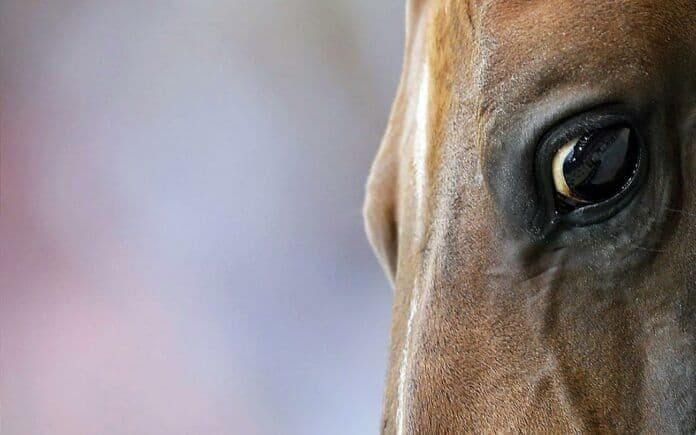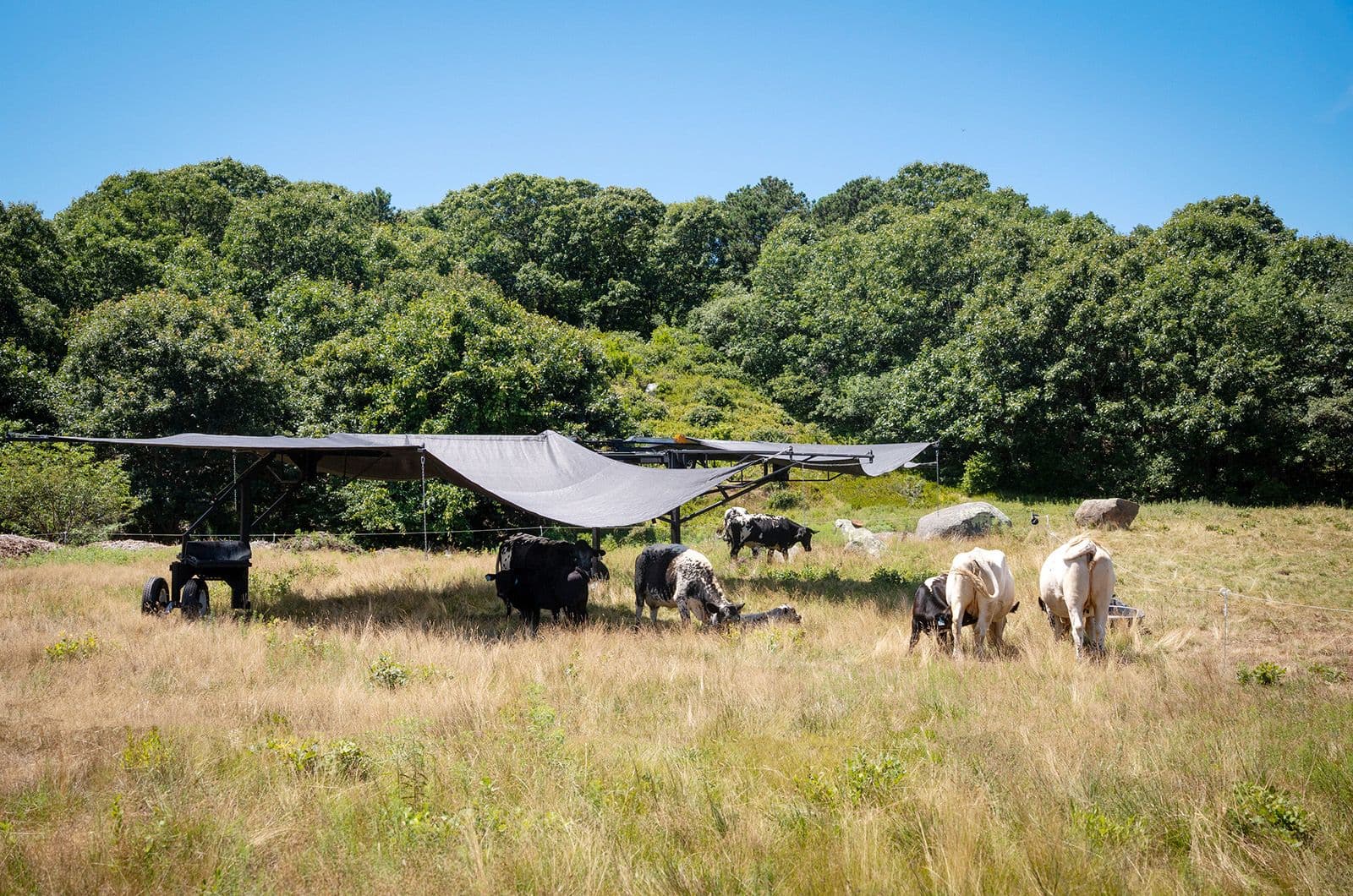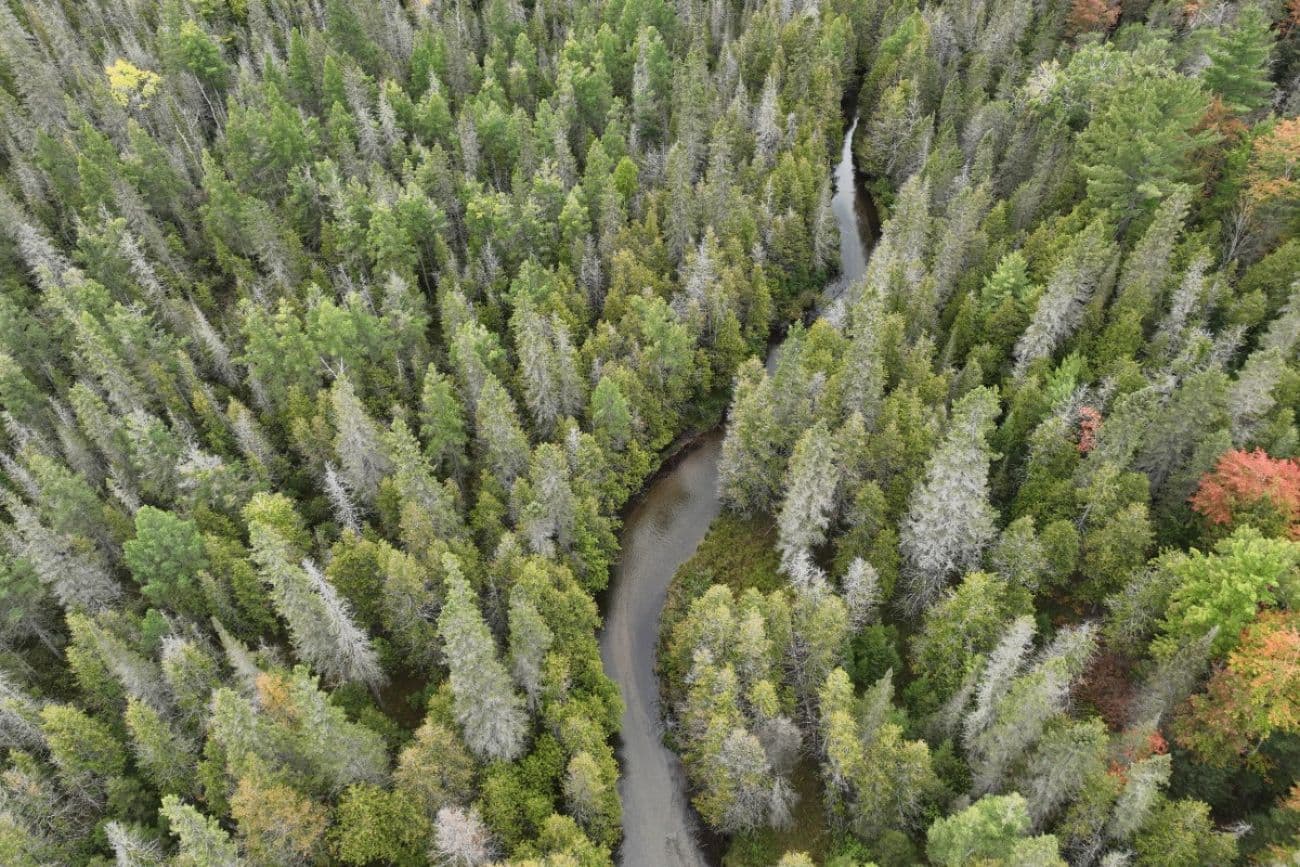The Untamed Heart of Dülmen: A Centuries-Old Dance with Wild Horses
Uncover Dülmen's fascinating wild horses: a centuries-old tradition balancing freedom and conservation through a unique annual roundup in Merfelder Bruch.
Merfelder Bruch: Where Wildness Endures
Nestled in the Münsterland region of North Rhine-Westphalia, the stands as a testament to enduring wildness, home to Europe's last truly semi-wild horse herd: the . These magnificent animals, numbering between 300 and 400, roam freely across a sprawling 360-hectare nature reserve, known affectionately as the Wildpferdebahn. This isn't a typical managed farm; the horses live largely by their own instincts, adapting perfectly to their natural surroundings, much as their ancestors have for centuries. Their existence here is a remarkable blend of untouched nature and careful human stewardship, a legacy meticulously preserved by the since the 19th century. Visitors witness a unique natural spectacle, a rare glimpse into a nearly untamed equine world, prompting reflection on the delicate balance between humanity and the natural realm. This ancient tradition underscores a profound connection, setting the stage for the crucial annual event that helps sustain this remarkable population.
The Annual Rhythm: A Necessary Tradition
The seemingly wild existence of the Dülmen horses is punctuated by a critical annual event: the , or wild horse roundup, held every year on the last Saturday in May. This isn't a display of domination, but a vital component of a long-term population management strategy. While the herd thrives in its reserve, the limited space and the absence of natural predators like wolves or bears mean that unchecked population growth would quickly lead to overgrazing, resource depletion, and intense, potentially harmful, rivalries among the stallions. At around one year of age, young colts reach sexual maturity, and if left in the main herd, they would begin to compete fiercely for dominance, disrupting the delicate social structure and increasing the risk of injury. Thus, the annual hand-capture of these yearling stallions is a carefully considered, necessary measure, widely understood and supported within conservation circles as essential for the herd's health and the preservation of its unique semi-wild character.
Bridging Two Worlds: The Journey of the Yearlings
Following the controlled intensity of the Wildpferdefang, the captured yearling stallions embark on a new chapter, transitioning from their untamed origins to a life alongside humans. These young horses are not returned to the wild; instead, they are auctioned off to new owners. What's truly remarkable is their inherent adaptability. Despite growing up largely without human intervention, these Dülmen yearlings quickly adjust to their new, domesticated environments. Their reputation precedes them: they are known for their exceptionally good-natured and balanced temperaments, making them highly sought-after. Whether destined to become reliable riding horses, particularly popular for children due to their steady disposition, or to serve as sturdy carriage horses or genial leisure companions, their robust nature, sure-footedness, and undemanding character make them cherished partners in everyday life. It’s a fascinating testament to their inherent resilience and the gentle nature that lies beneath their wild exterior.
Stewarding a Legacy: The Future of Dülmen's Wild Herd
The enduring presence of the in the is a testament to dedicated stewardship, primarily overseen by the , who have championed this unique breed for generations. This isn't merely about maintaining a tradition; it's a profound commitment to nature conservation, ensuring the long-term viability of this extraordinary equine legacy. Supported by experts in conservation and animal care, the Wildpferdebahn operates as a designated nature reserve, providing conditions that mimic the horses' natural habitat as closely as possible. The annual roundup, far from being an anomaly, is an integral part of this holistic management, preventing overpopulation and preserving the genetic health and social harmony of the herd. As we look to the future, the Dülmen Wild Horses represent a powerful narrative of coexistence, a living example of how careful human intervention, guided by respect and understanding, can safeguard a precious piece of natural heritage for generations to come.
Related Articles

Echoes of Thunder: Unpacking the Majesty and Peril of Our Equine Bonds

Echoes of Thunder: Unpacking the Majesty and Peril of Our Equine Bonds

Hooves of Restoration: Martha's Vineyard Land Bank's Resilient Return to Ecological Grazing

Hooves of Restoration: Martha's Vineyard Land Bank's Resilient Return to Ecological Grazing

Beyond the Auction Block: Crafting Your Legacy on Michigan's Wild Frontier

Beyond the Auction Block: Crafting Your Legacy on Michigan's Wild Frontier

Scales of Contention: The Unsettling Demise of a Jordan Valley Crocodile Farm
